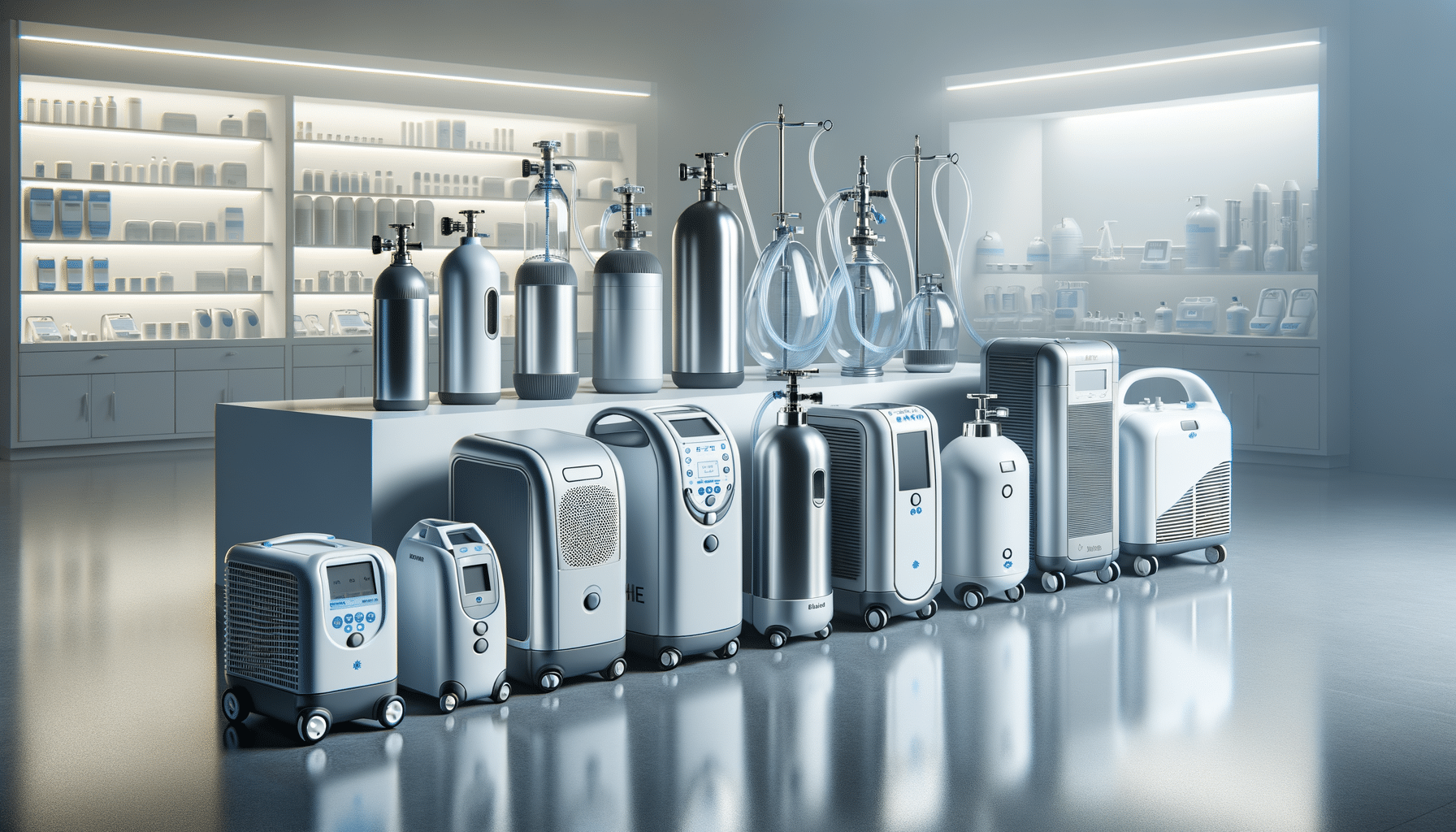
Tips for Choosing an Affordable Portable Oxygen Concentrator
Understanding Portable Oxygen Concentrators
Portable oxygen concentrators (POCs) are essential devices for individuals requiring oxygen therapy on the go. They provide a continuous supply of oxygen by filtering and concentrating oxygen molecules from ambient air. This technology offers a life-enhancing solution for those with chronic respiratory conditions, enabling them to maintain an active lifestyle. Understanding the core functionality and benefits of POCs is the first step in making an informed choice.
POCs are designed to be lightweight and easy to carry, making them ideal for travel and daily use. They operate on rechargeable batteries, providing flexibility and mobility. The cost of these devices can vary significantly based on features such as battery life, oxygen output, and additional functionalities. However, the primary goal is to ensure the device meets the user’s medical needs effectively.
When considering a POC, it’s crucial to assess the oxygen flow rate, which is measured in liters per minute (LPM). Depending on the severity of the condition, some users may require higher flow rates. Additionally, the device’s noise level is an important consideration, particularly for those who plan to use it in public spaces or while sleeping. Modern POCs are designed to operate quietly, ensuring minimal disruption.
Key Features to Consider
When selecting an affordable portable oxygen concentrator, it’s essential to evaluate several key features that impact both usability and cost. One of the primary considerations is the device’s size and weight. A compact and lightweight design is preferable for ease of transport, especially for users who travel frequently or lead active lifestyles.
The battery life of a POC is another critical factor. Longer battery life means extended periods of use without needing a recharge, which is particularly beneficial for long trips or outings. Some devices offer the option of additional battery packs, providing even greater flexibility. It’s important to balance battery life with the overall weight of the device, as more powerful batteries can add to the weight.
Another feature to consider is the ease of use. Devices with intuitive controls and clear displays are user-friendly, reducing the learning curve for new users. Some POCs come with advanced features such as mobile app connectivity, allowing users to monitor and adjust settings remotely. While these features can enhance convenience, they may also increase the cost of the device.
Balancing Cost and Quality
Finding an affordable portable oxygen concentrator involves balancing cost with quality and features. It’s crucial to prioritize medical needs while considering budget constraints. One strategy is to explore refurbished or pre-owned devices, which can offer significant savings while providing reliable performance. It’s important to purchase from reputable sources to ensure the device is in good working condition and comes with a warranty.
Insurance coverage may also play a role in reducing out-of-pocket expenses. Some health insurance plans cover part or all of the cost of a POC, so it’s worthwhile to check with your provider about potential benefits. Additionally, some manufacturers offer payment plans, making it easier to manage the cost over time.
Ultimately, the goal is to find a device that offers the necessary features and reliability without exceeding your budget. Consulting with a healthcare provider can provide valuable guidance in selecting a POC that aligns with your medical requirements and lifestyle. By carefully evaluating your options, you can make a well-informed decision that supports your health and financial well-being.


